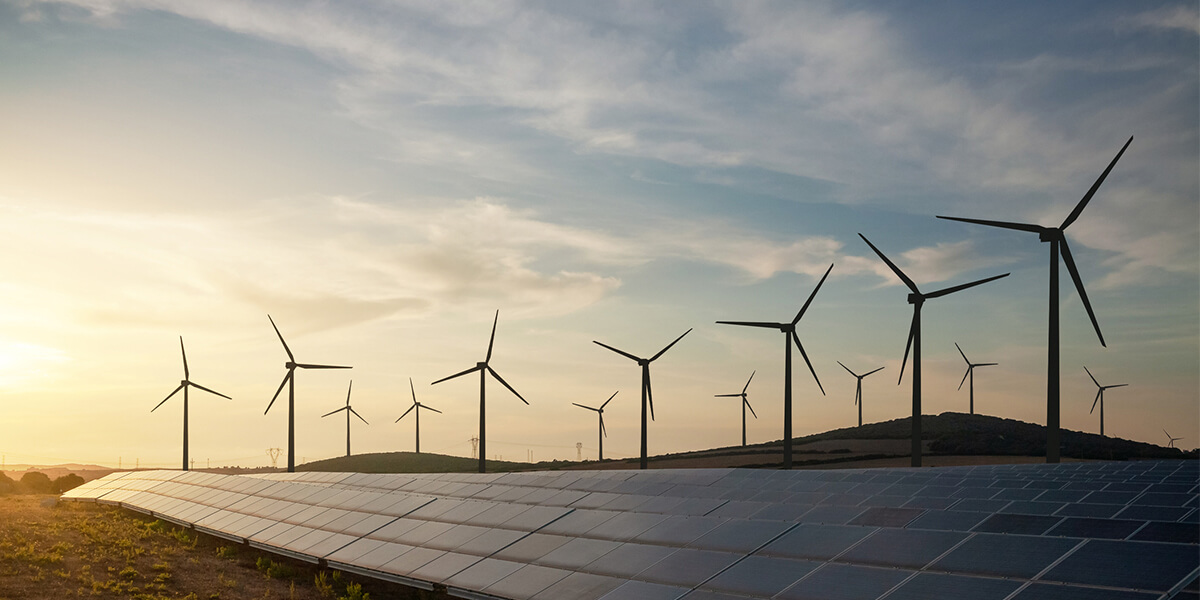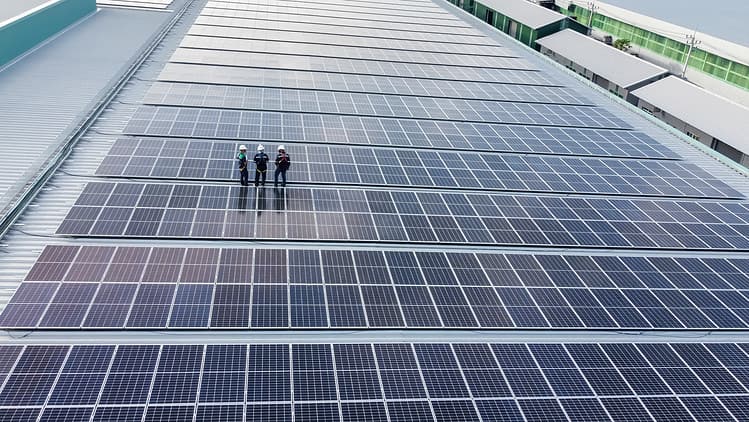
The evolution of ag technology over many decades has led to significant advancements in agriculture production, food availability and food safety. For example, the many advances in plant breeding, to overcome certain abiotic and biotic challenges, such as drought, cold soil conditions, disease pressure and many other production challenges farmers face during the growing season, have led to significant improvements in yield in many parts of the world.
However, those yield improvements and the agriculture revolution's success in narrowing the yield gap have come with human and environmental costs, such as soil erosion and soil degradation due to the intensive use of tillage and chemicals to manage certain soils, regardless of the environmental outcomes. The overriding principle of ag technology is to increase yield, which is indisputable. Still, the negative impacts on soil biodiversity, water quality, greenhouse gas emission, soil health, etc., are the downside of the agriculture revolution’s one-dimensional focus on increasing yield regardless of the environmental costs.
Climate challenges require ag technology to address climate change and productivity by rethinking new technologies to be human- and environment-centered, balancing productivity, food safety, and environmental resiliency. The concept of climate mitigation through agriculture systems is centered on increasing plant efficiency in capturing atmospheric carbon dioxide to secure storage in plant biomass and soil and reduce the carbon footprint.
These are fundamental principles that need to be included in the thinking of new ag technology development, such as fertilizer formulations to reduce greenhouse gas emissions from manufacturing facilities and fields (one-third of GHG emissions are associated with the ag sector); reducing residual negative effects of chemicals (e.g., herbicides, pesticides, synthetic fertilizers) on humans, the soil microbial community and soil biodiversity; rethinking tillage and residue management equipment to eliminate or minimize soil disturbance and focus on crop residue management; and refocusing the production of biological ag technology additives to enhance the natural process and ecosystem functions for mitigating climate effects on human and soil health and ecosystem services.
A comprehensive approach
The slow base of climate mitigation in general, and through agriculture systems, in capturing carbon dioxide presents an urgency for deploying a more comprehensive approach and robust technologies for reducing emissions and removing atmospheric CO2. A new report published by scientists in Europe and the United States indicates that new methods of CO2 removal account for only 0.1% of the 2 billion metric tons removed from the atmosphere every year, compared to 37 billion tons of annual emissions.
The study concluded that carbon removal needs to increase by 30-fold by the year 2030 to achieve the emission reduction goal to keep the rise of global temperatures below 3.6 degrees F by the end of the century. Current efforts on the national level to address climate change are significant, as demonstrated in the Infrastructure Law (Infrastructure Investment and Jobs Act). However, this effort lacks balance in addressing agriculture technology to be a part of climate solutions through significant funding and policies that guide the development of new ag technology more efficiently.
To achieve transformation in agriculture technology to achieve resilient agriculture systems as an effective tool in climate mitigation and food security, significant investment in ag technology and genuine change in the industry and production model will require the national policy. The following principles should guide these transitions:
Balancing food security, safety, and environmental footprint. The ag revolution intended to tackle food production problems and solve food shortages and quality in many parts of the world. However, these efforts achieved the production part and the provision of food in many parts of the world by increasing yield through intensified inputs and management, leading to unintended consequences.
The increase in GHG emissions since the industrial revolution, where CO2 concentration increased by 50% (278 ppm at the preindustrial level to 417 ppm at the current level), causing significant environmental damage, and its impact on human survival through extreme events of flood, drought, people dislocations and societal unrest. Ag technology must be part of climate solutions, where serious rethinking of current fertilizers, chemicals, equipment, and seed technology developments should be included in balancing food security, quality, and potential side effects on the environment of such technology.
Coupling yield and ecosystem improvements. The improvement in yield through the use of such technologies as plant breeding to overcome drought, seed treatments to overcome soilborne diseases, fertilizer formulations to increase nutrient availability, and many others led to the first goal — yield improvement. But many other negative impacts on human and soil health, soil biodiversity, GHG emission, water quality degradation, and other ecosystem services damages fall by the wayside. The manufacturing of many technologies has improved, but they still lack in coupling and balancing food production and the protection of ecosystem functions. This should be a guiding principle in developing new technologies and products by enacting new incentives and policies that encourage more efficient technology in addressing climate challenges.
Use of green energy-based technology. The development of ag technology and products has been based on using fossil fuels and equipment fueled by such sources that have contributed to climate change and other environmental problems. New ag technology development must be based on using renewable natural resources to reduce the carbon footprint, producing biodegradable and environmentally safe materials to enhance soil biodiversity, reduce greenhouse gas emissions and improve human and soil health.
Balancing profitability with social responsibility. The new era of climate challenges requires all of us to play a part in climate change solutions. These solutions include the ag industry as a beneficiary of society resources and taxpayer contributions in providing funding and support in developing current and future infrastructure and technologies. In its business model, the ag industry must build social awareness and pay back to society by balancing profit and civic responsibility by making technology environmentally safe and affordable and contributing to climate solutions. The ag industry needs to recognize its technology should have a minimum carbon footprint that contributes to the environmental challenges we face, and it must commit to being part of the solution.
Al-Kaisi is a professor emeritus of soil physics (soil management and environment) at the Department of Agronomy, Iowa State University, Ames, Iowa.




